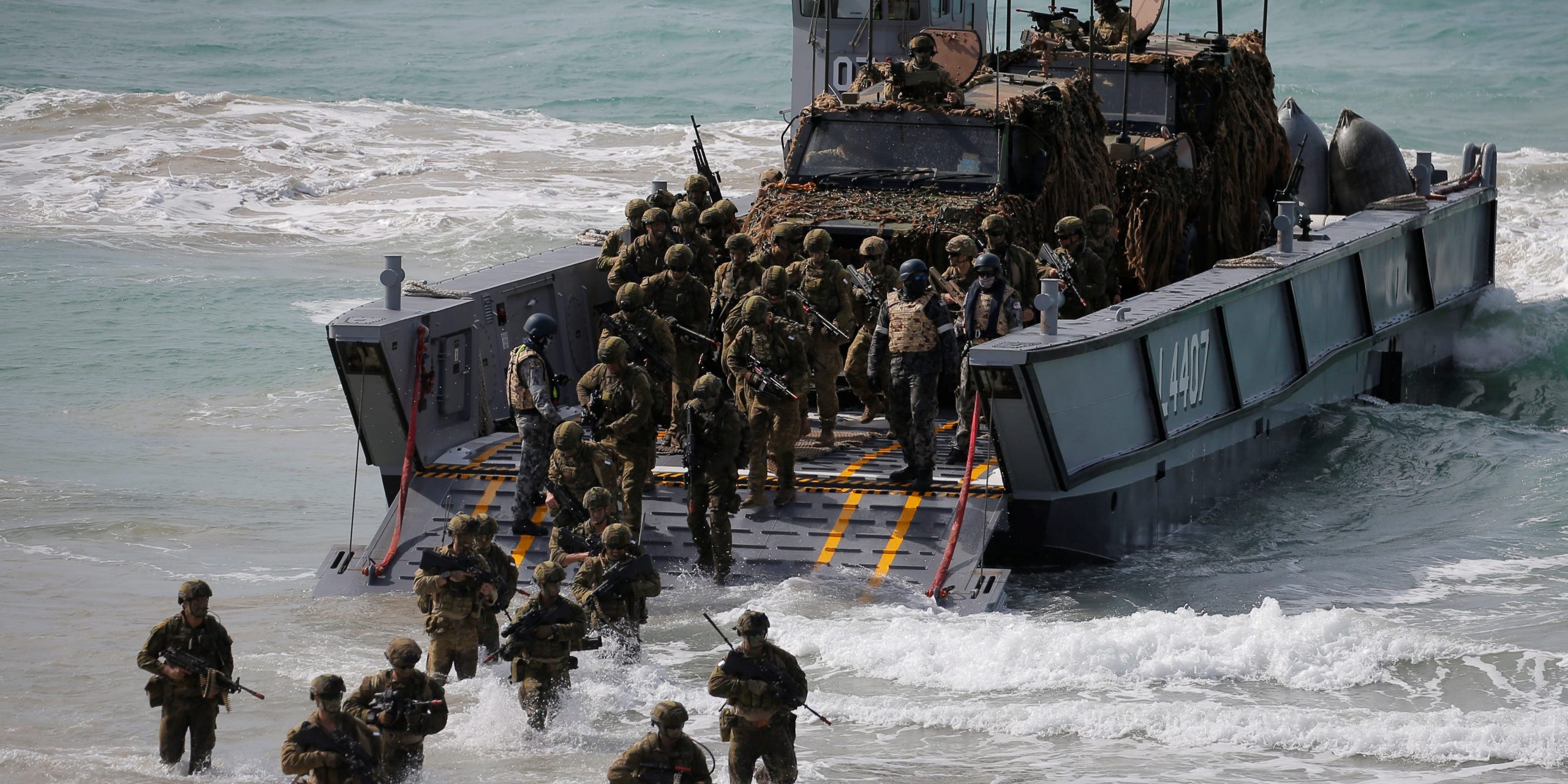
REUTERS/Jason Reed
- Australia has announced major investments in its own military capabilities, especially new weapons.
- Countries in the region bolster their militaries amid heightened tensions between the US and China.
- Australia is looking for "a combination of integration with the US and greater self-reliance," one expert told Insider.
- See more stories on Insider's business page.
As China's growing military stokes concerns in the Indo-Pacific region, US allies are stepping up their own military modernization efforts.
China's immediate neighbors, particularly Japan and Taiwan, get most of the attention when it comes to military modernization, but Australia, which has no territorial disputes with Beijing, is also investing heavily in its own armed forces.
Last month, the Australian government announced an economic spending plan that included some $212 billion in defense spending over the next decade.
The spending covers updating bases and acquiring new weapons, including long-range missiles – all meant to increase Australia's deterrence and combat capabilities and enable it to continue operating smoothly with US forces.
The new plans come amid a sharp decline in Sino-Australian relations, driven by China's military modernization, its activities in the South China Sea and Australia's Pacific island neighbors, and Beijing's efforts to influence and coerce Australia through political, diplomatic, and economic pressure.
Australia's 2020 defense strategic update reflected not only those changes but the pace at which they have happened, according to Arthur Sinodinos, Australia's ambassador to the US.
"Things were going in the direction we expected. They just happened more quickly than we thought. So it was important to review our strategic defense outlook and work out what to do," Sinodinos said in response to a question from Insider at an event in February.
Denial and punishment
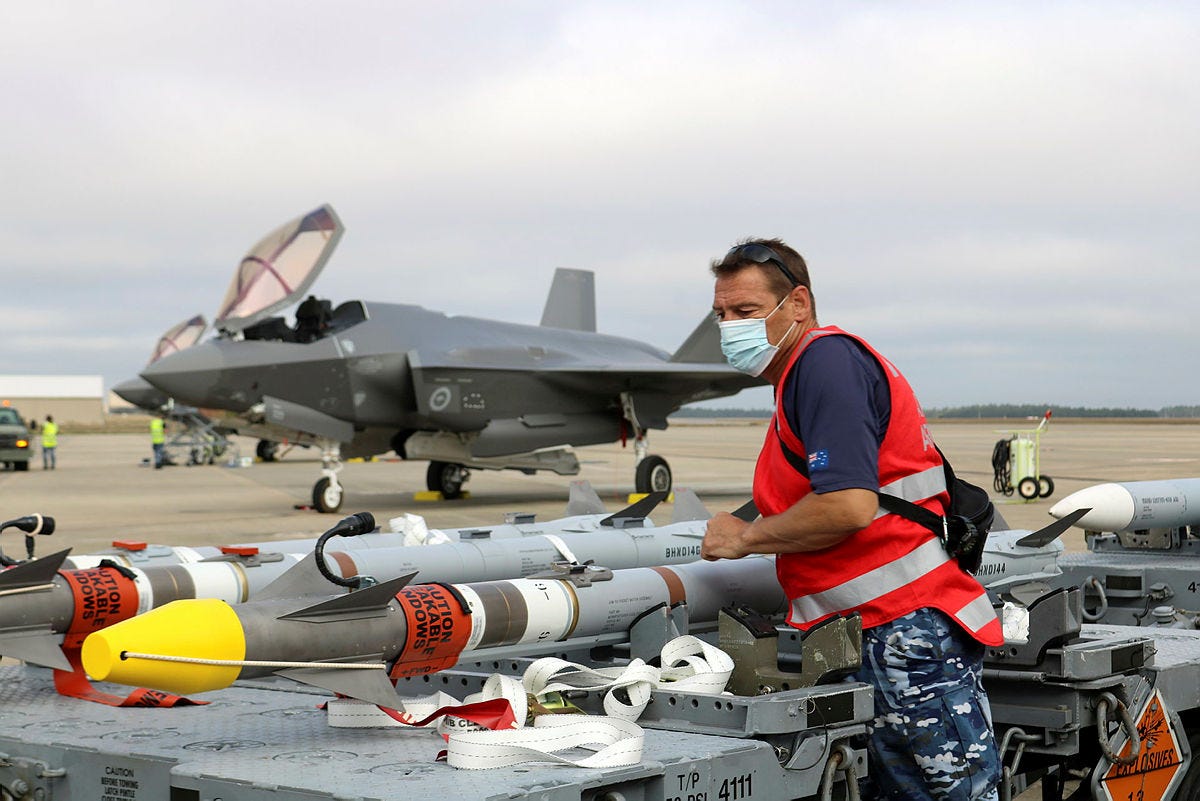
Royal Australian Air Force
Australia has already been investing heavily in its military, spending 2.1% of its GDP on defense in 2020, according to the Stockholm International Peace Research Institute.
That makes it the fifth-largest defense spender in Asia. Amid that modernization effort is an ongoing debate about what weapons will have the best deterrent effect - a relatively new consideration.
"The overall assumptions that guided US and Australian thinking about contingencies in the Pacific were that we would have dominance in a maritime domain, and then it would be a question of where we applied power," Michael Green, senior vice president for Asia and Japan chair at the Center for Strategic and International Studies, told Insider.
China's growing missile arsenal and navy, both of which can cover longer distances, can threaten US allies in the region and the US bases they host.
"The harsh reality is dominance is going to be very hard to sustain in the face of this major Chinese buildup," Green said.
As a result, the debate has focused on two means of deterrence: by denial, which entails the ability to destroy Chinese ships, subs, and planes; and by punishment, which requires the ability to strike China directly.
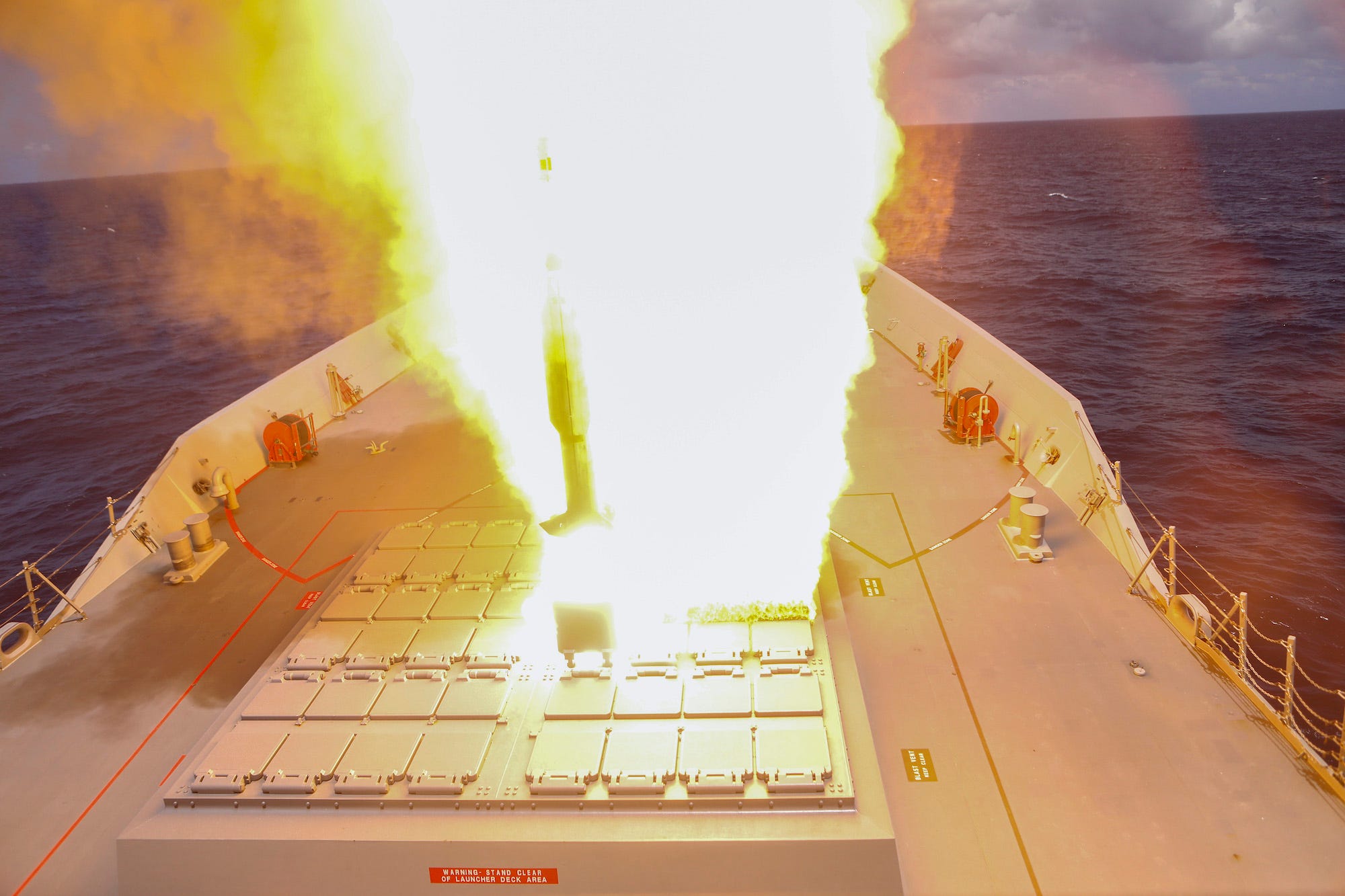
LSIS Ernesto Sanchez/Royal Australian Navy
Many of the new systems Australia is acquiring fall into the deterrence-by-denial category.
The Royal Australian Air Force has 33 F-35A stealth fighters in service and plans to add another 39 by 2023. The fifth-generation fighter will replace Australia's aging F/A-18s. The RAAF is also pursuing an unmanned fighter.
The Royal Australian Navy plans to boost its main battle force of three Hobart-class destroyers with nine new Hunter-class frigates. The Hunters are expected to start entering service in the late 2020s, eventually replacing the navy's eight Anzac-class frigates.
Australia's navy currently operates six Collins-class guided-missile submarines, and plans to acquire at least 12 new Attack-class diesel-electric submarines. Attack-class subs will be able to fire torpedoes and missiles, like the French Barracuda-class nuclear-powered attack subs on which they're based.
The Attack-class program has run into a number of problems, and recent reports suggest that Australian defense officials may choose another design. The Australians hope to have the new subs by the 2030s.
Australia also operates two Canberra-class amphibious assault ships. In addition to amphibious assaults and anti-submarine operations, the Canberras can also respond quickly to natural disasters or crises in the Asia-Pacific, helping build good relations with neighbors and countering China's efforts to expand its influence.
Fighting alongside the US, not relying on it
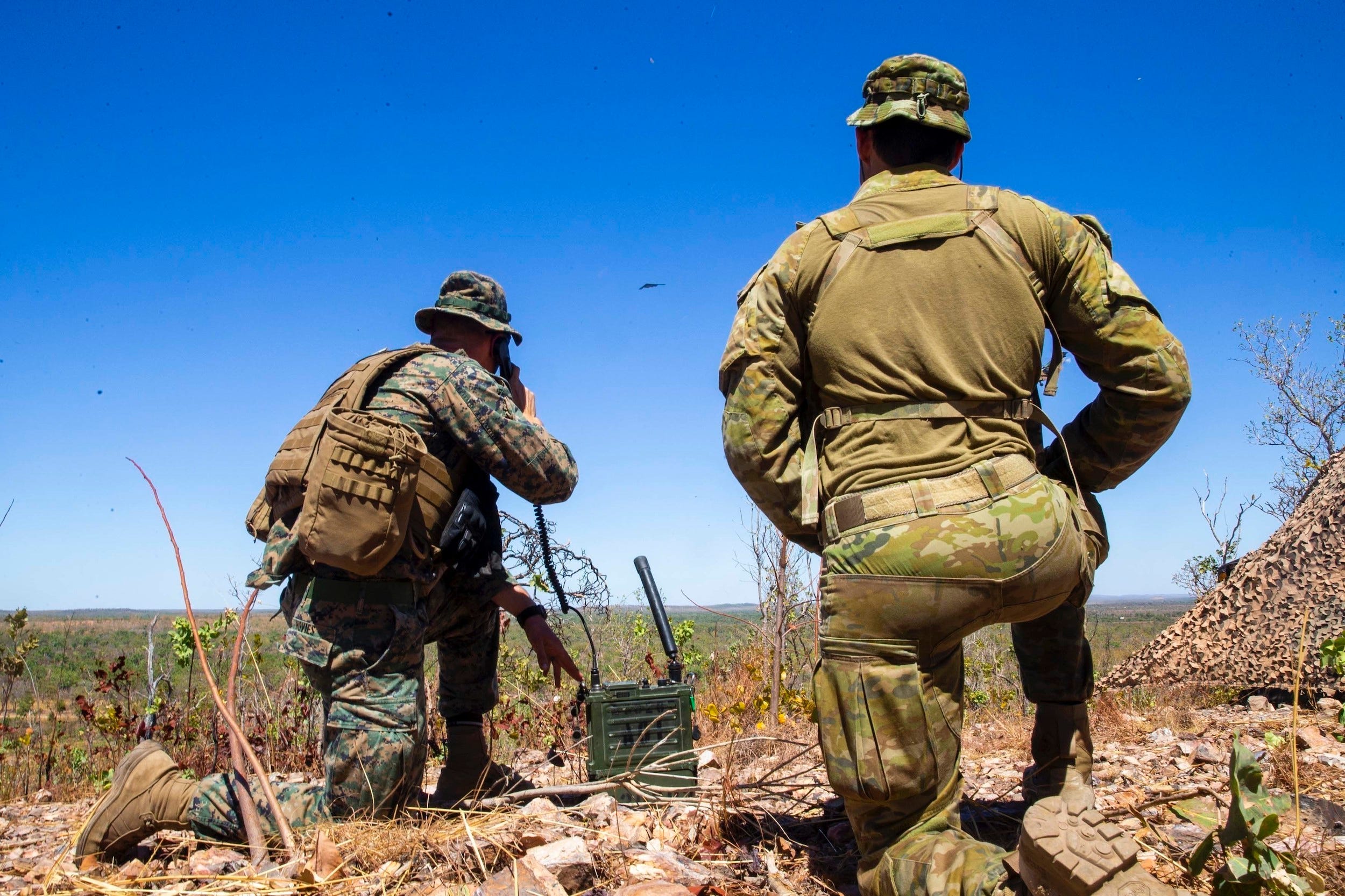
US Marine Corps/Cpl. Harrison Rakhshani
The US and Australia have a long history of close military cooperation.
An Australian general was the first non-American to command US troops, leading them into the Battle of Hamel in July 1918. Since then, Australia has fought alongside the US in every major American conflict, including Vietnam, Afghanistan, and Iraq.
Australia's strong relationship with the US has meant it can focus on building an arsenal for deterrence by denial while relying on Washington to provide deterrence by punishment.
But Australia is working hard to develop capabilities - such as long-range anti-ship and air-defense missiles and hypersonic missiles - that will allow it to strike distant Chinese targets. Those systems may eventually evolve and give Canberra its own deterrence-by-punishment capabilities, reducing its reliance on the US in a crisis.
Australia is one of the US's few "real regional war-fighting-capable" allies in the Indo-Pacific, said Patrick Cronin, Asia-Pacific Security chair at the Hudson Institute.
In its pursuit of new weaponry, Canberra is looking for "a combination of integration with the US and greater self-reliance and hedging on the part of Australia," Cronin told Insider.
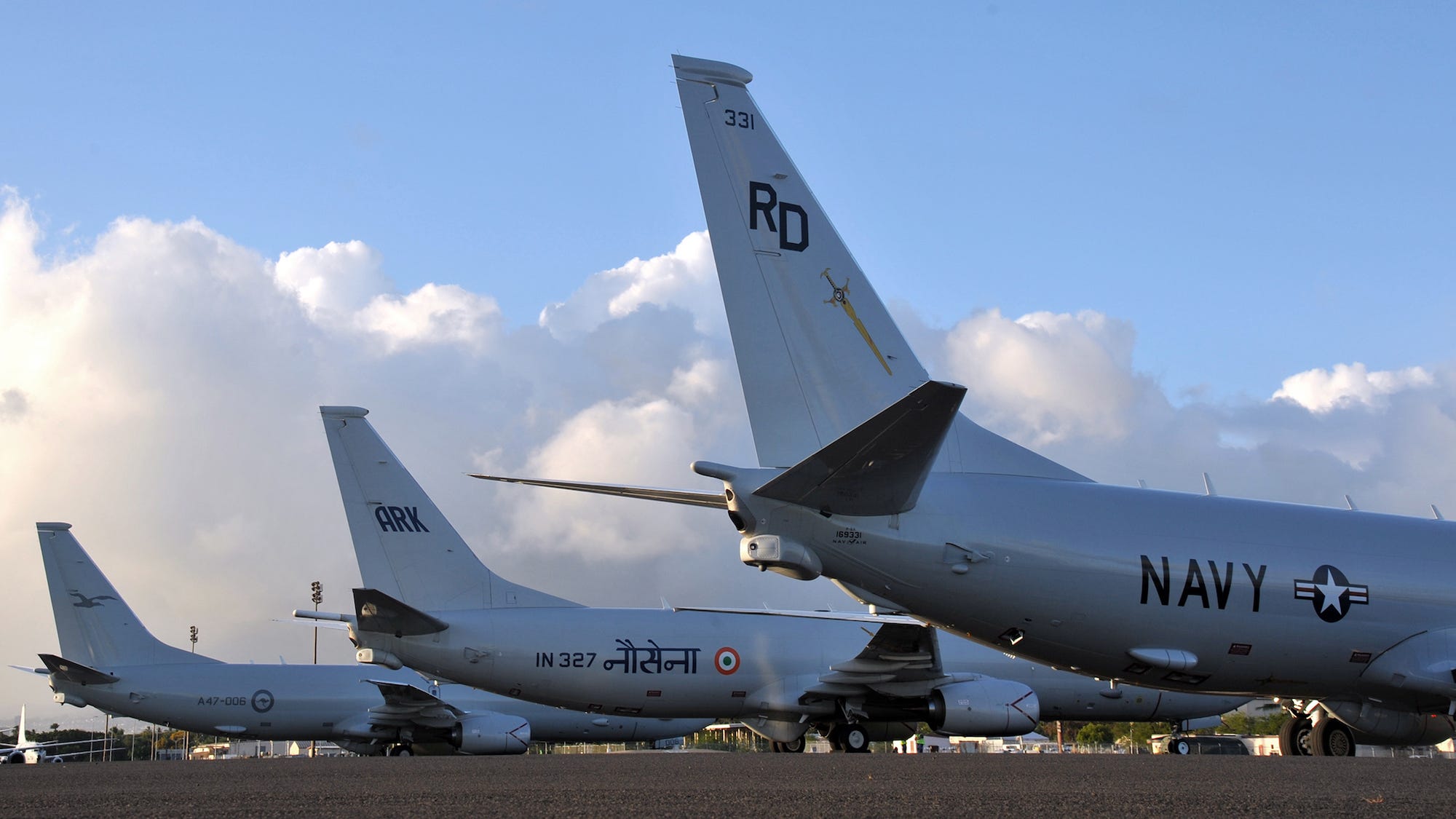
US Navy/MCS1 Kevin A. Flinn
The new weaponry is essential, as China's military capabilities pose a significant risk.
"The US and Australian militaries are having hard discussions about real scenarios in Asia that they didn't have 20 years ago," Green said.
One such scenario is an invasion of Taiwan. Australia hasn't made any concrete commitments to Taiwan's defense but many expect it would play a role if China tries to seize the island. That likely complicates Chinese military planning.
"If you're in China's seat ... you're thinking you've got to knock out Australia one way or the other," Cronin said. "Knock out their satellites, threaten them to deter them from acting together [with the US], intimidate them, do what you have to do."
Australia has resisted Chinese threats in the past, and the military investments it's making now are an acknowledgement that more is needed to resist them in the future.
"We're upping the amount we spend on high-technology weapons, precision-guided missiles, and the rest," Sinodinos said at the event in February. "What that has done is, I think, shown our credibility, that we're not an ally that just wants to glide through on the coattails of someone else."
